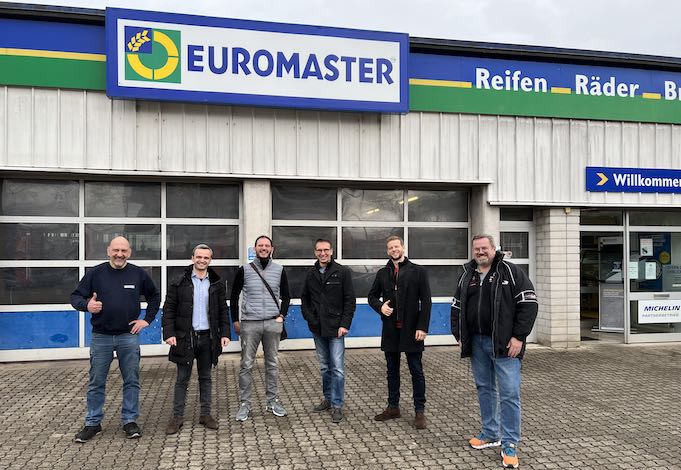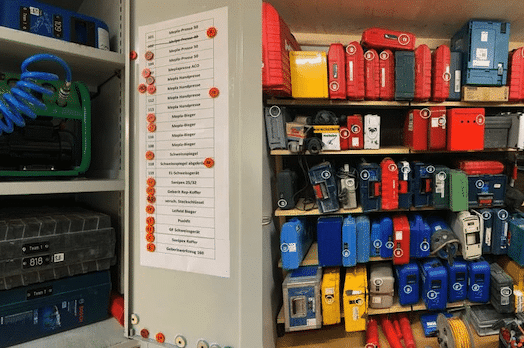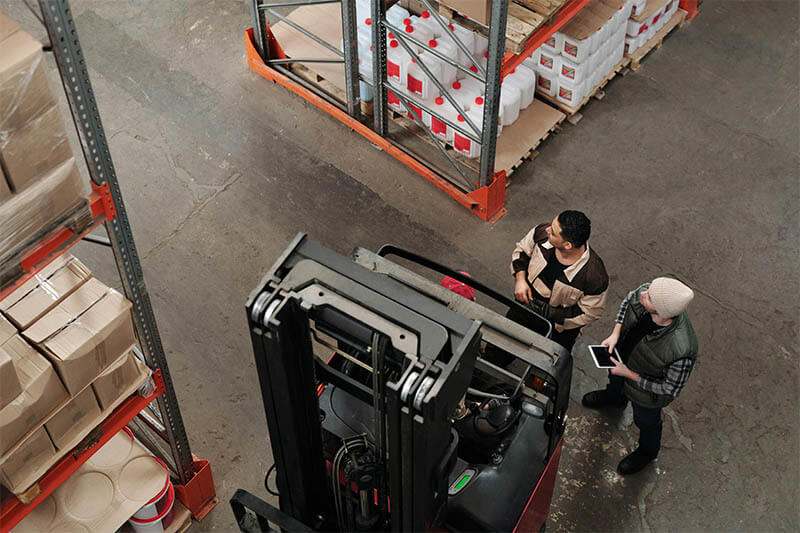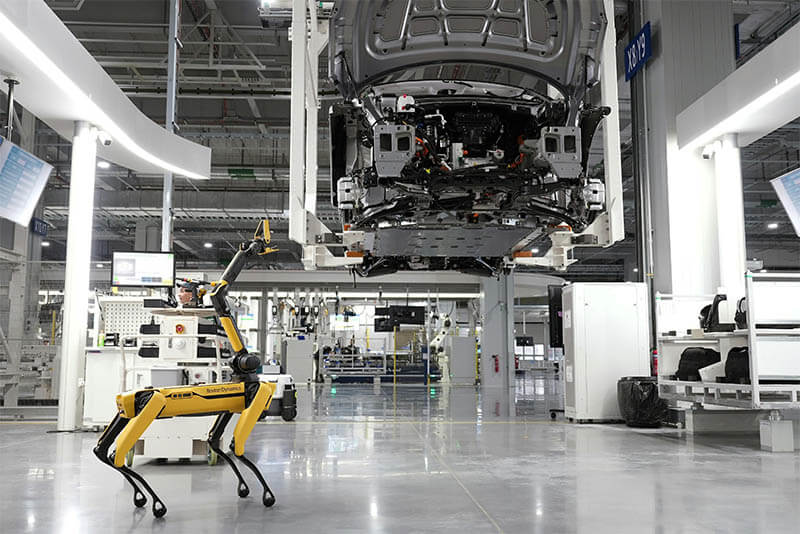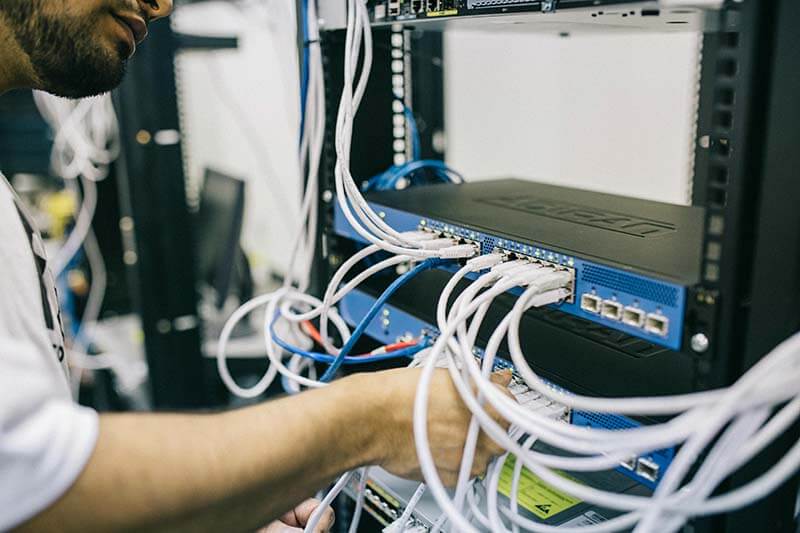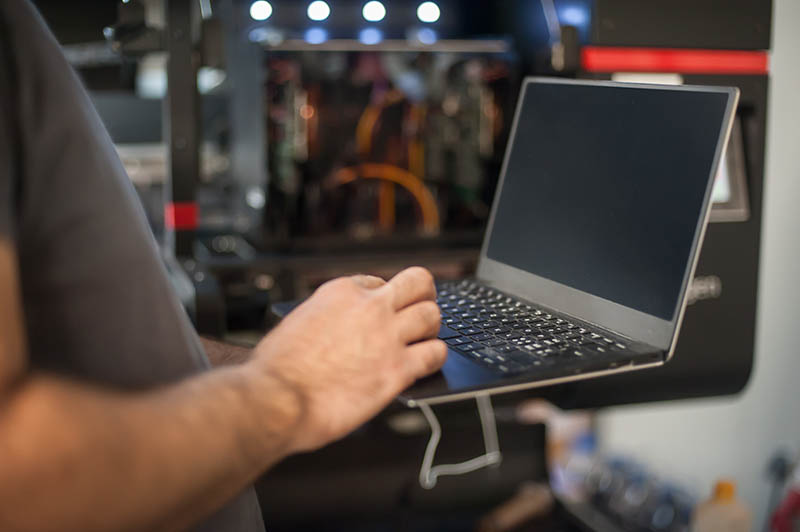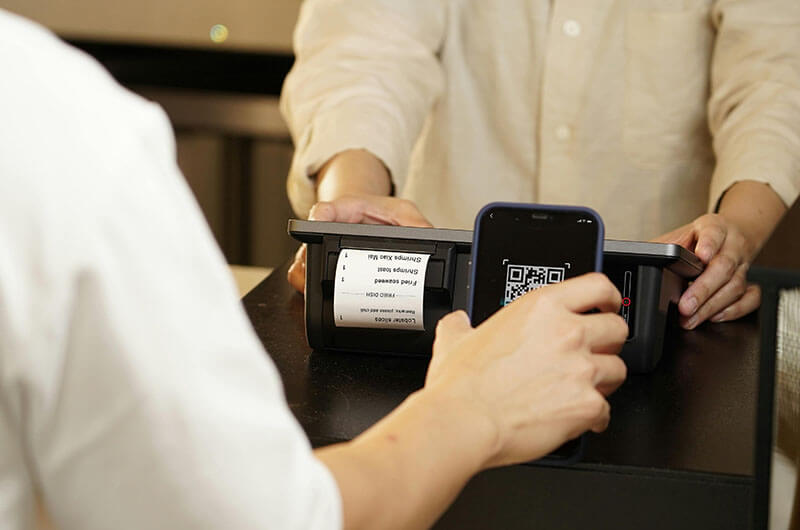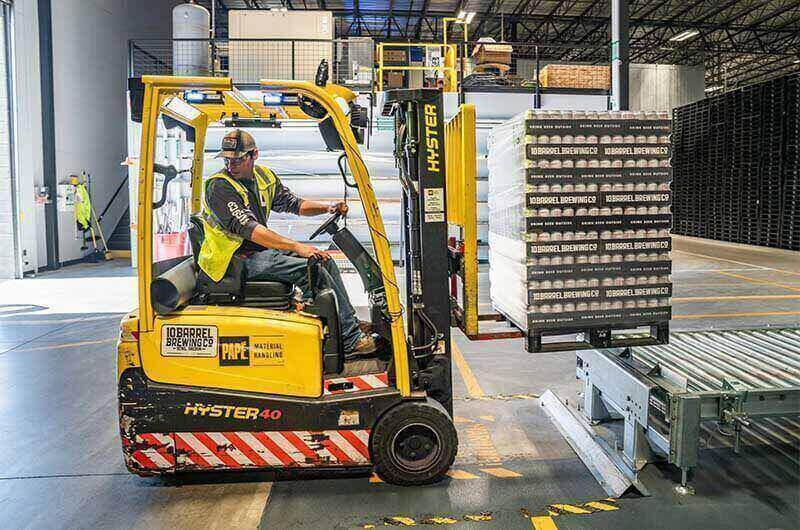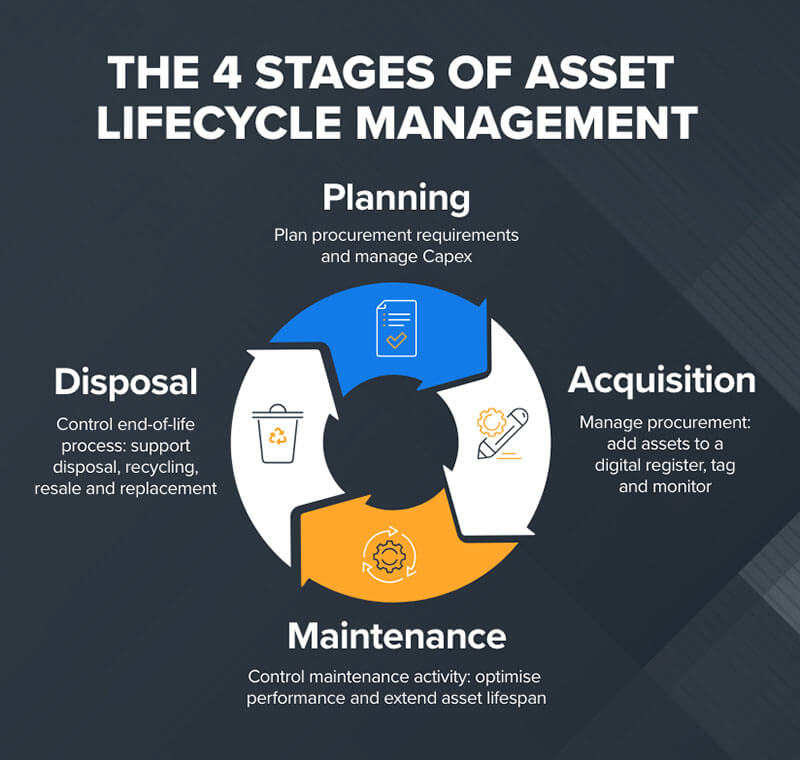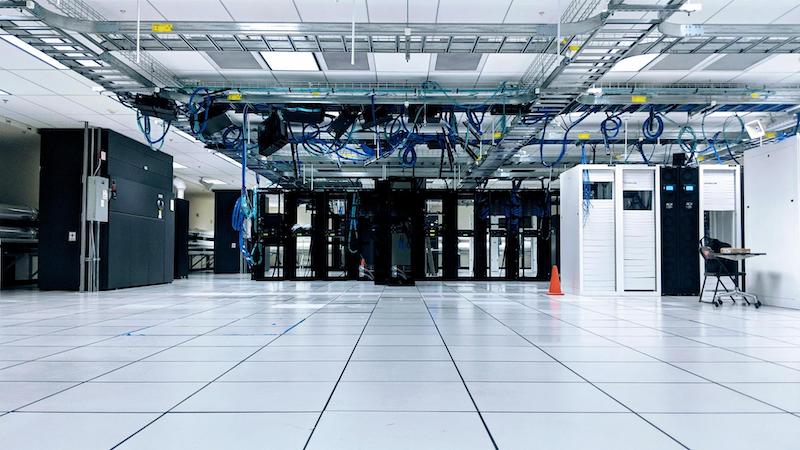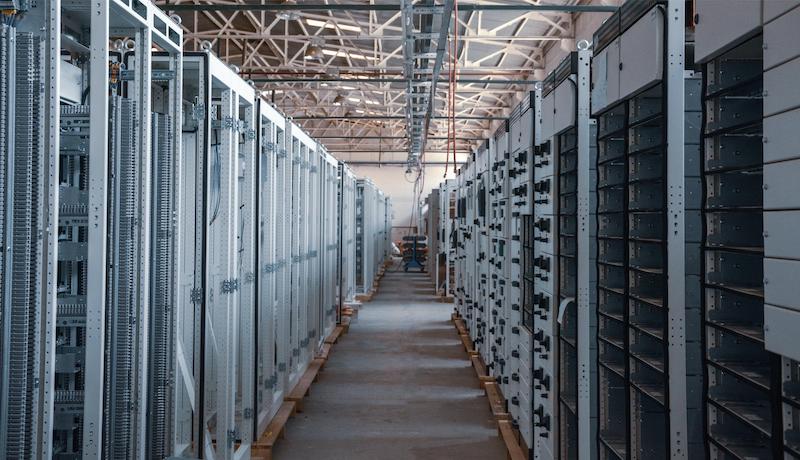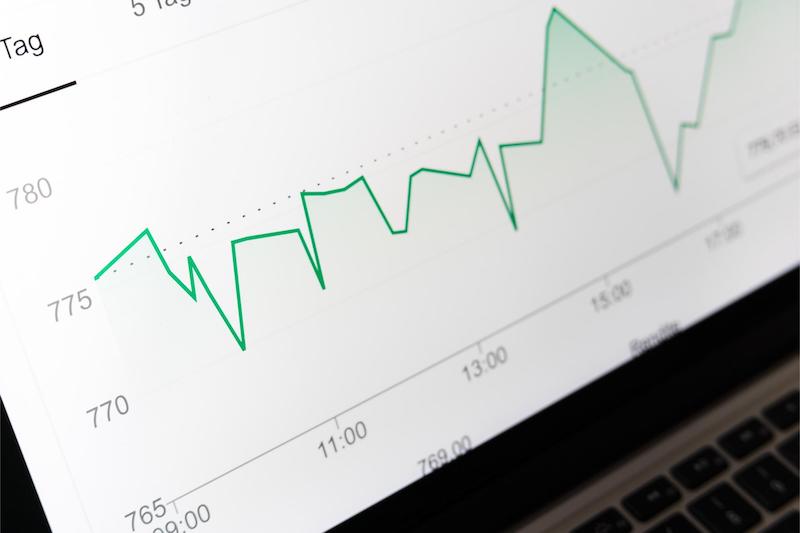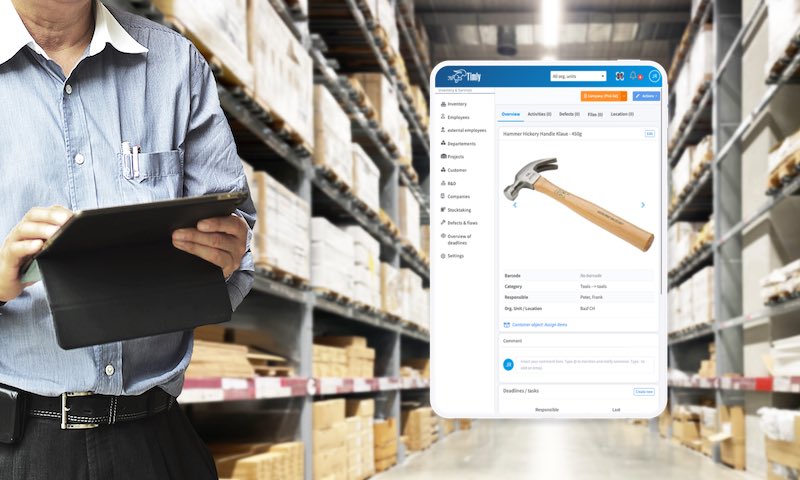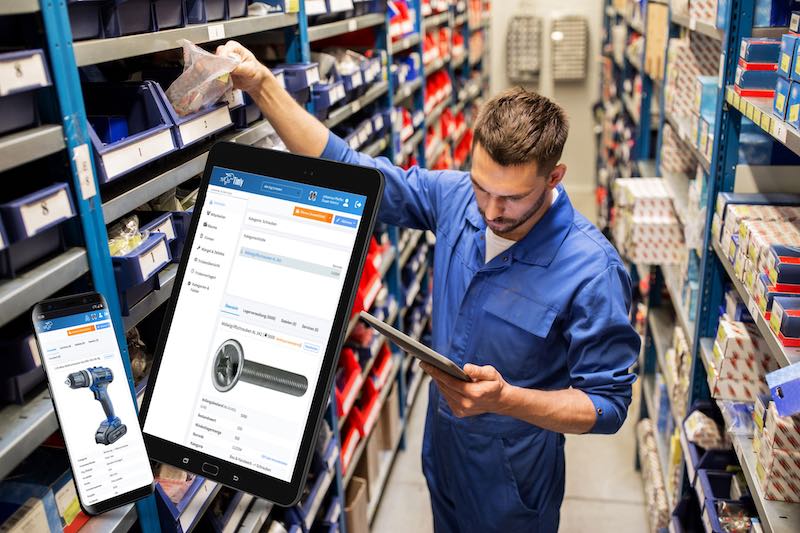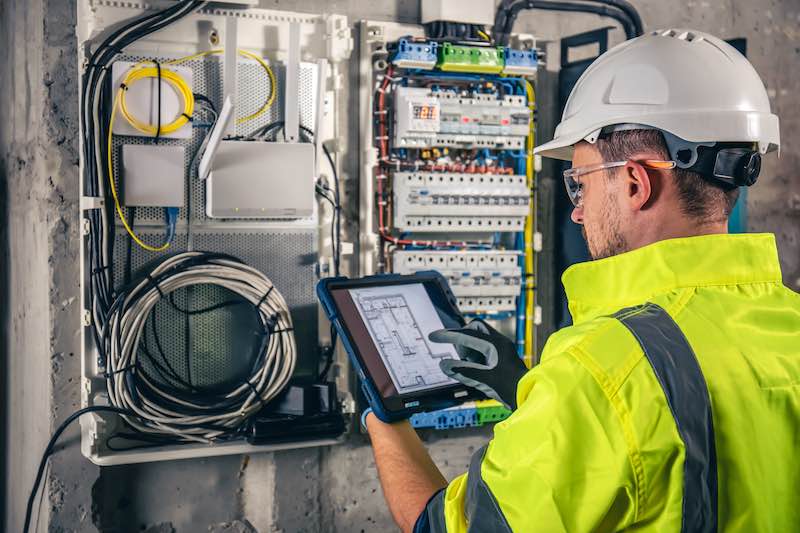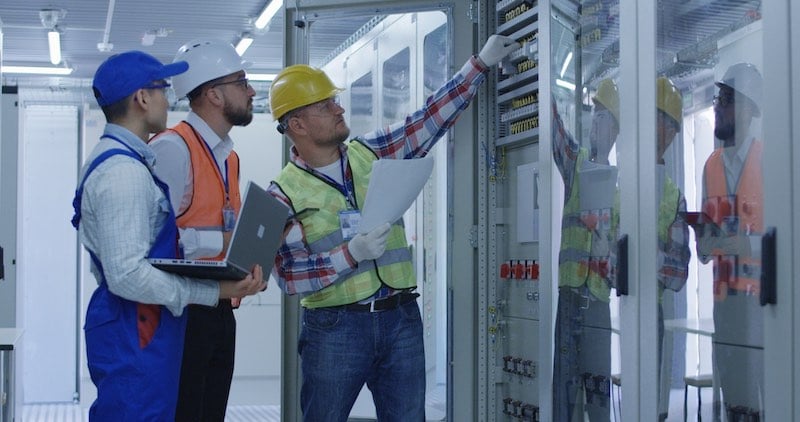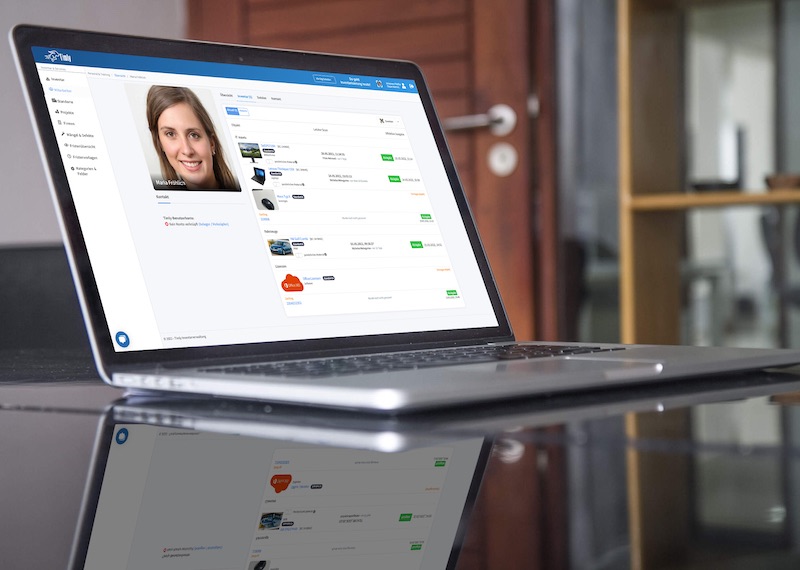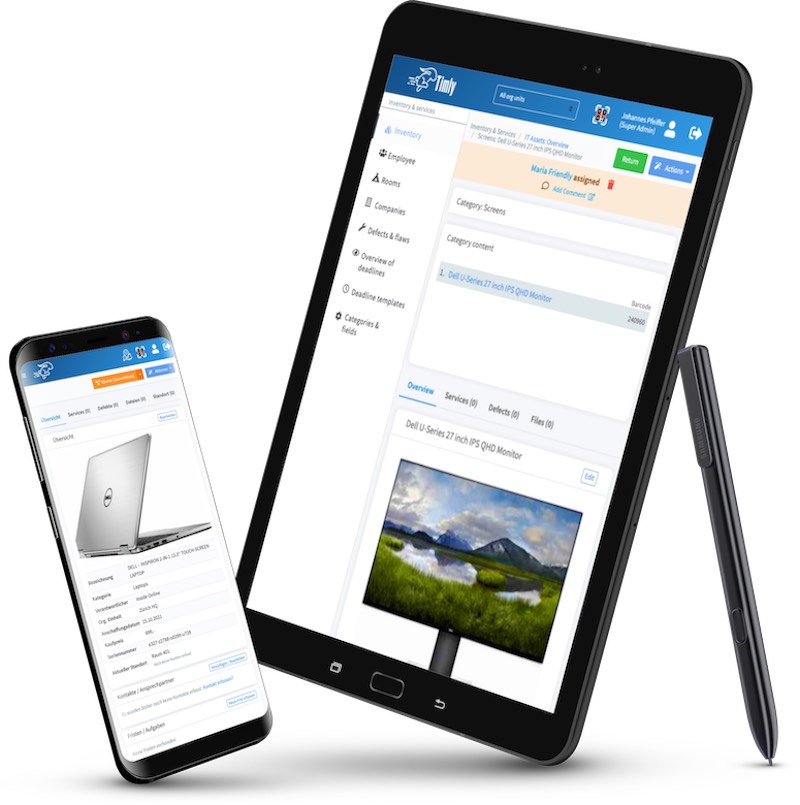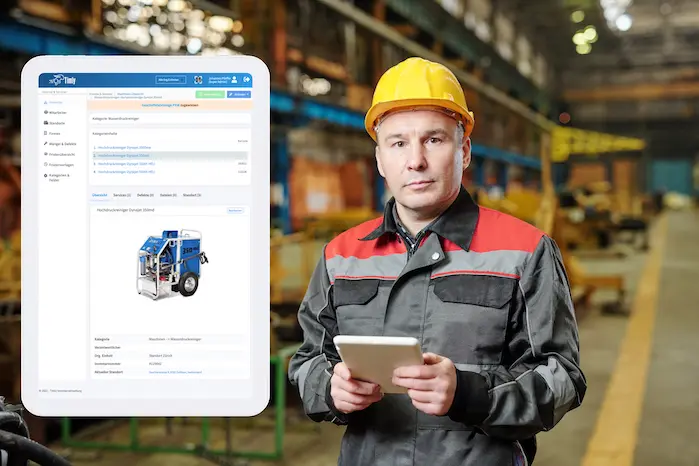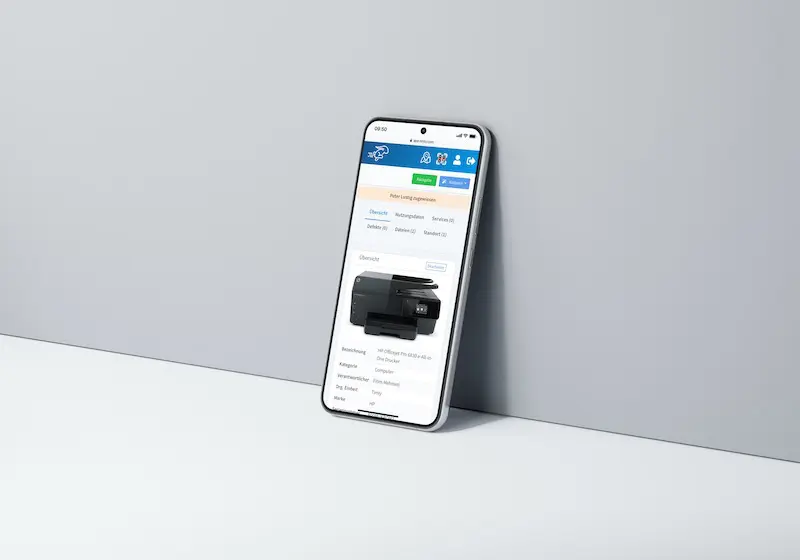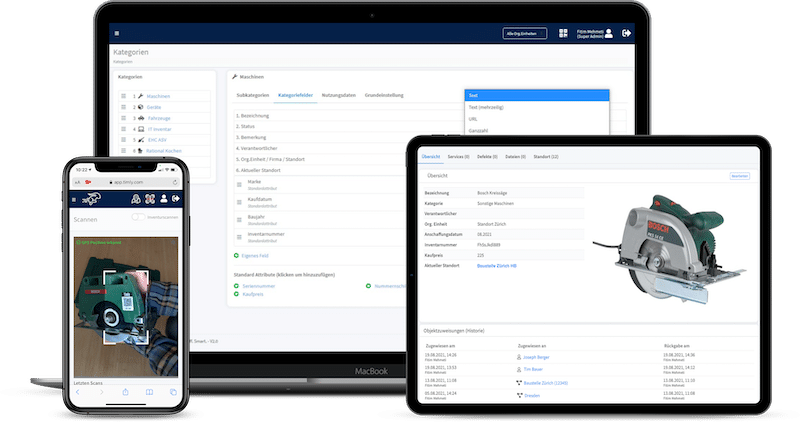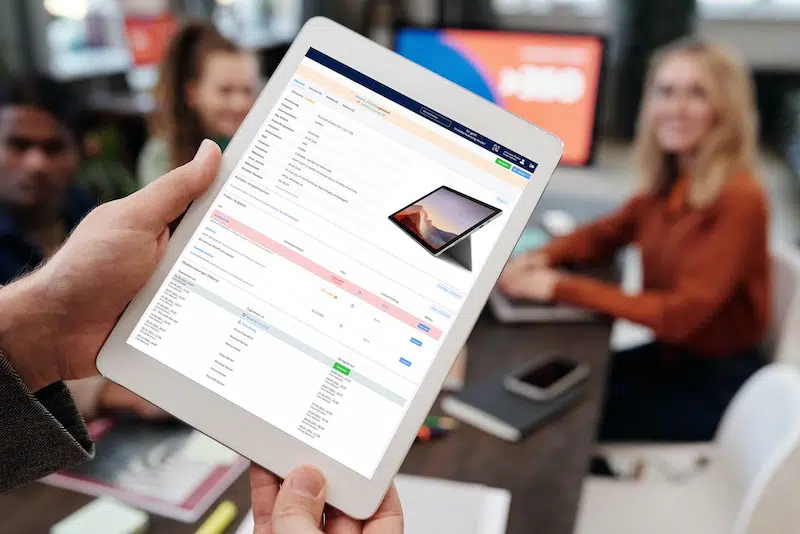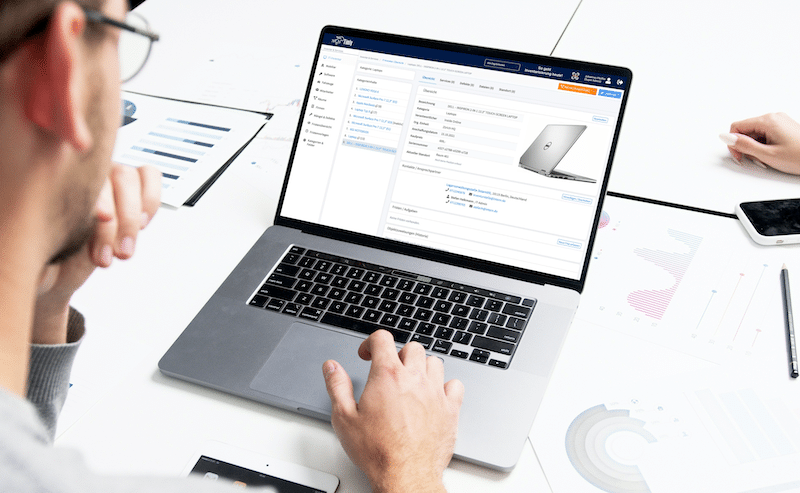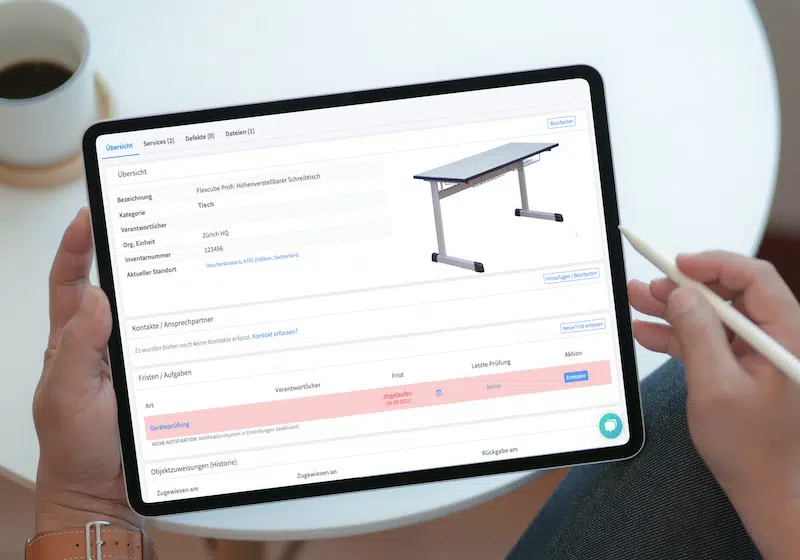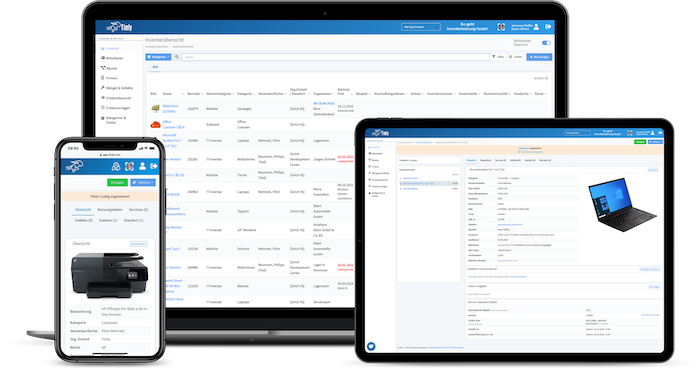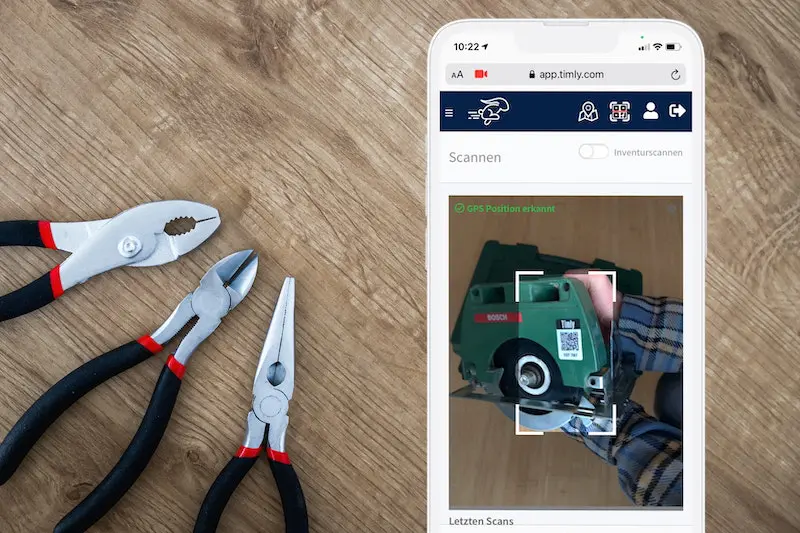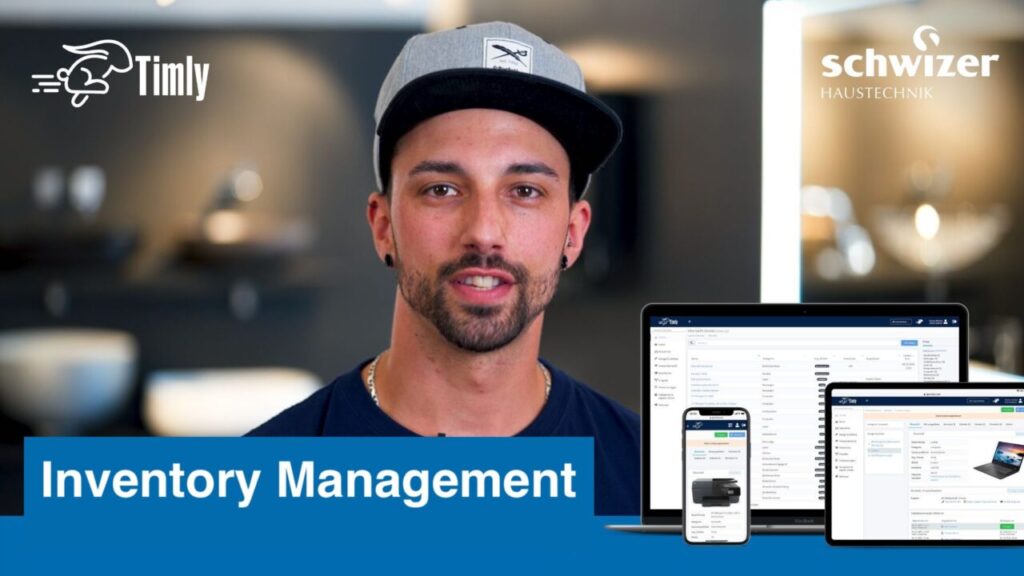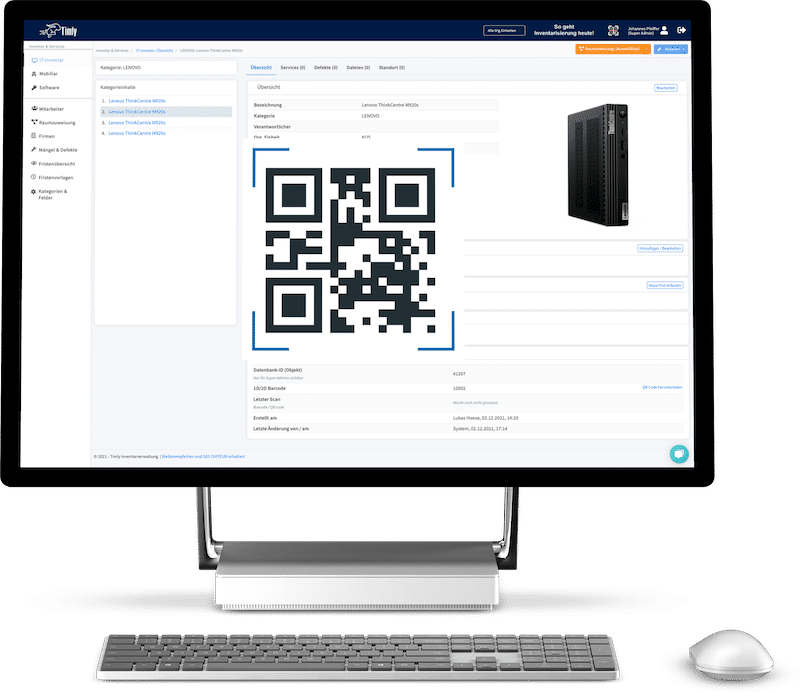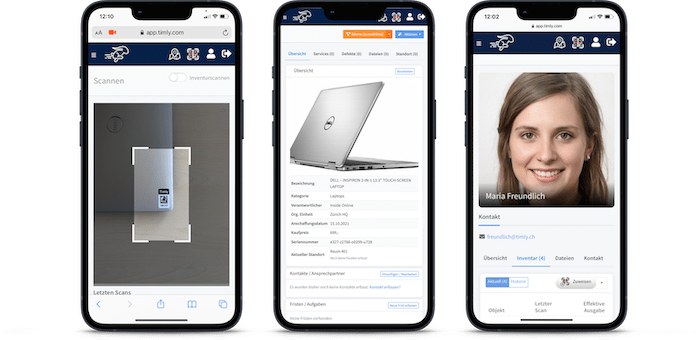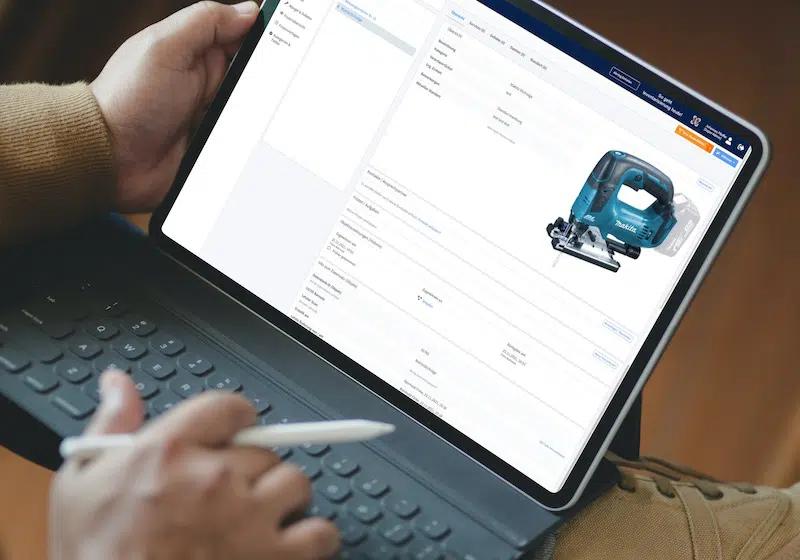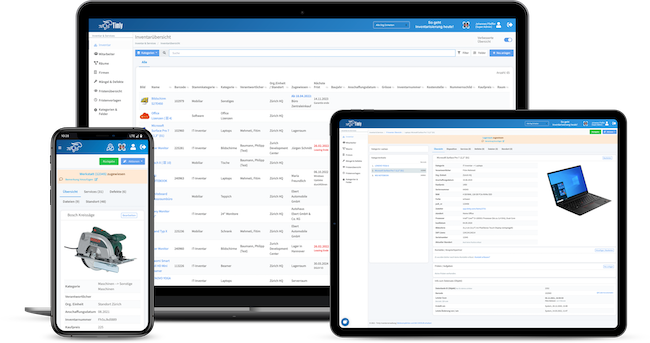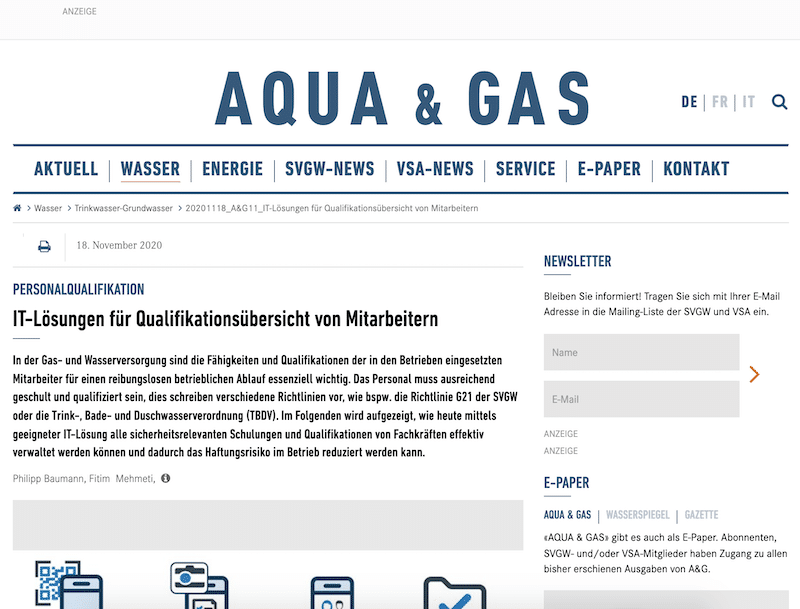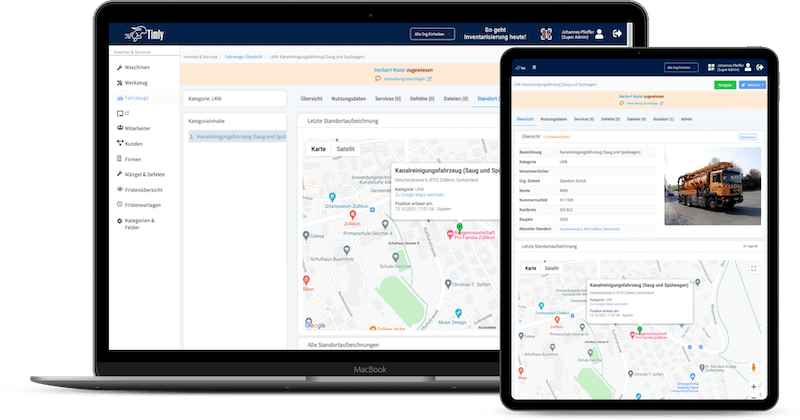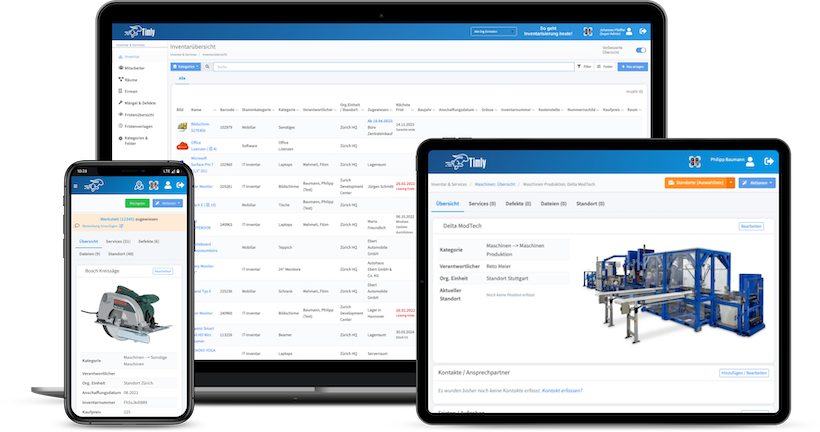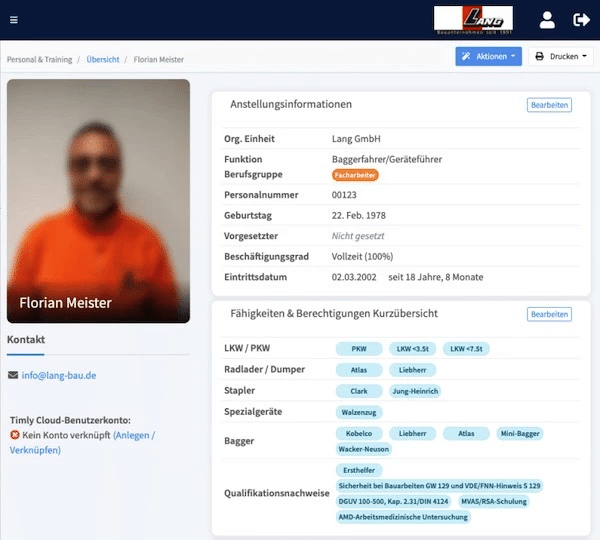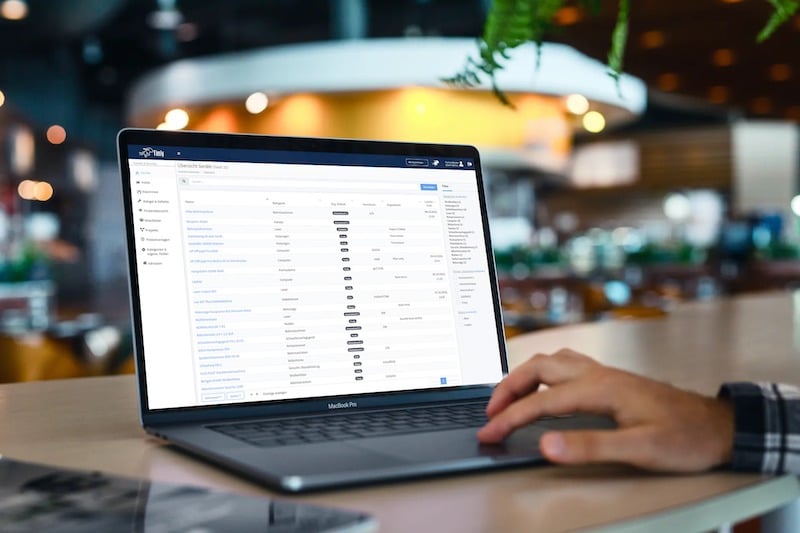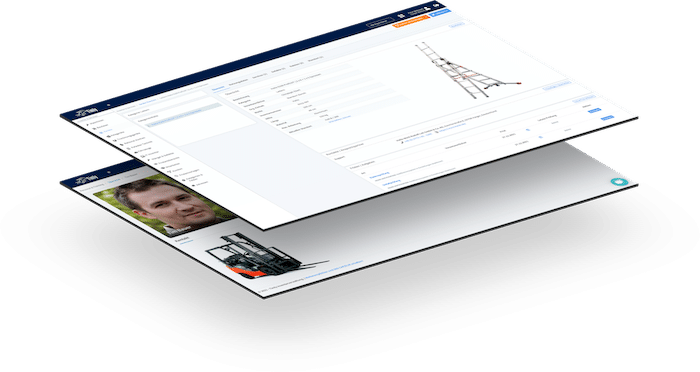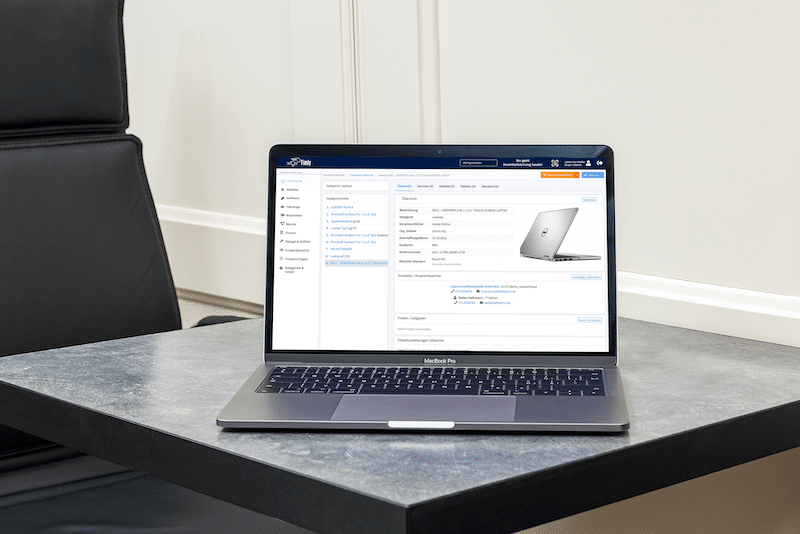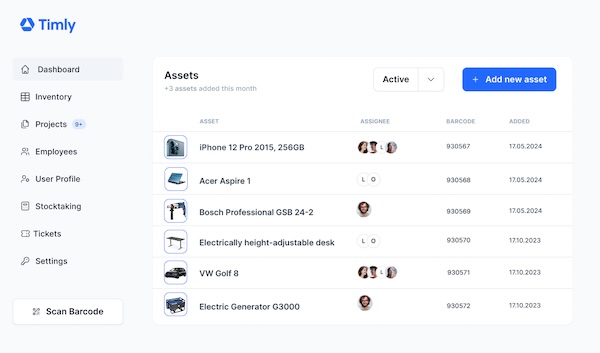
- A perpetual inventory system provides real-time inventory tracking, improving accuracy and reducing stockouts.
- The system uses barcode scanners and inventory management software to track inventory levels.
- Perpetual inventory systems benefit businesses with high sales volumes, allowing for better forecasting and decision-making.
- Perpetual Inventory System
- How Does a Perpetual Inventory Method Work?
- Differences Between Perpetual and Periodic Inventory Systems
- Advantages and Disadvantages of a Perpetual Inventory System
- Key Components of Perpetual Inventory Systems
- Applications of Perpetual Inventory Model
- How Do You Track Inventory in a Perpetual Inventory System?
- Common Challenges in Implementing Perpetual Inventory Systems
- How Is Accounting Handled in a Perpetual Inventory System?
- Steps to Implement and Audit a Perpetual Inventory System?
- What Formulas Are Used in a Perpetual Inventory System?
- Frequently Asked Questions About Perpetual Inventory System
Perpetual Inventory System
A perpetual inventory system tracks and manages inventory in real-time, allowing organizations to update stock levels. This method differs from other inventory tracking methods, such as periodic inventory systems.
The main features of a perpetual inventory system are:
- To provide real-time tracking so businesses can have accurate information about their assets.
- Automation of tasks such as updating and tracking inventory.
- Visibility of inventory levels allows organizations to track inventory movements and any issues.
Perpetual inventory uses barcode scanners and inventory management software to track and record inventory. The system updates the latest stock information when a sale is made. This provides the organization with information about its inventory management, such as when to order stock or adjust pricing.
The advantages of using perpetual inventory are that it improves accuracy, provides information about changes in demands, stockouts, or overstocking, reduces costs, enhances forecasting, optimizes inventory levels, improves visibility of the supply chain, provides transparency of compliance and auditing, is scalable, and can integrate with other systems.
How Does a Perpetual Inventory Method Work?
A perpetual inventory method removes the need for physical counts, thus providing accurate information. The perpetual inventory process involves the following:
- Assigning an identifier such as a serial number or Stock Keeping Unit (SKU).
- Businesses use point-of-sale (POS) integration to send data to the inventory management system, which updates the inventory.
- Barcode scanning and RFID inventory management tags track inventory items such as purchases, sales, and returns.
- Inventory management software processes the POS and barcode scanner, updating inventory levels and maintaining records.
The perpetual inventory system provides a real-time visibility level, which allows for the following:
- Access accurate information, such as stock availability.
- Identify stock levels and decide on replenishment of orders.
- Historical sales data and real-time inventory levels provide an opportunity for forecasting while reducing stockouts or overstocking.
Technology is vital in perpetual inventory systems. Let us review its importance.
- Integrating sales data with inventory management software.
- Barcode scanners to track purchases, sales, and returns.
- Inventory management software that processes POS systems and barcode scanners.
- Cloud-based solutions allow remote access and ensure seamless collaboration and data synchronization.
Differences Between Perpetual and Periodic Inventory Systems
The difference between perpetual and periodic inventory systems is how they track and update the system. They are:
- Perpetual inventory updates inventory in real-time after the sale and purchases are done. The system is accurate and suitable for an organization with high sales volumes.
- Periodic inventory updates the inventory at certain times, either at the end of the month or year. Small businesses usually do this.
The advantage of using a perpetual inventory system is that it provides real-time inventory levels, tracking, and purchasing of items. The disadvantage is that it requires accounting software, which can be challenging to maintain or expensive.
The periodic inventory system has advantages, such as being cheaper and easy to implement. However, it does not provide real-time accuracy or visibility into inventory levels, and there is potential for errors in record keeping.
Advantages and Disadvantages of a Perpetual Inventory System
The advantages of using a perpetual inventory system are that it provides accurate time tracking of inventory, reduces stockouts so that organizations may make better decisions to replenish the inventory ordering, and proves to improve supply chain management.
On the other hand, the disadvantages are the cost of implementation, system complexity, and reliance on technology and databases. These make it vulnerable to system failures, data breaches, and potential hacking risks.
A perpetual inventory system offers numerous benefits, but its implementation and maintenance require careful consideration of the associated costs and complexities.
Key Components of Perpetual Inventory Systems
The key components of perpetual inventory systems are:
- Barcode scanners that provide unique identifications to each product. These identifiers have the necessary information, such as product name, code, description, and price. It records data on products purchased, sold, or transferred from one location to another.
- For Inventory software to integrate integrates barcode scanners with systems such as POS. This is to ensure the centralization of information and organize data. It tracks, monitors, and generates reports to aid in better decision-making for organizations regarding restocking pricing and sales strategies.
- Point-of-sale (POS) systems use terminals to record sales transactions and provide information for updating and tracking inventory.
These components work together to:
- Integrate data between barcode scanners, inventory software, and POS systems.
- Ensure that items purchased, sold, or moved are updated through the barcode inventory system and POS systems.
- Provide reports on stock levels, sales trends, and inventory turnover.
- Ensure regular inventory checks. This determines the accuracy of information in the perpetual system.
- Detect errors by scanning the inventory. This enables organizations to apply the necessary corrections to ensure efficiency and accuracy.

Applications of Perpetual Inventory Model
Perpetual inventory systems are used in many industries, such as retail, manufacturing, and e-commerce. Let us look at some real-world scenarios where perpetual inventory systems are utilized:
Retail
The retail industry uses perpetual inventory systems to ensure its stocks are current. This helps the sector scale its business and respond to changing consumer demands.
Manufacturing
The manufacturing line uses perpetual inventory to track raw materials and work in progress. This helps optimize supply chain demands and reduce inventory costs.
E-commerce
The e-commerce industry uses perpetual inventory to manage its vast inventory systems. This allows for fast and accurate product fulfillment. Moreover, it helps synchronize inventory levels with current data and update which stocks are available and which are not.
The benefits of using such a system are that it provides up-to-date information, improves forecasting, reduces stockouts and overstocking, and enhances supply chain management visibility.
How Do You Track Inventory in a Perpetual Inventory System?
To track inventory in a perpetual inventory system, you must ensure it is automated and constantly tracked. This is how it works:
- Electronic point-of-sale integration uses barcode scanners or cash registers to send real-time information to the inventory management software.
- The inventory database is updated with each sale, indicating decreased stock levels. This ensures that information is always up-to-date.
- The system adjusts transactions according to new items received, transfers of items between locations, returns or exchanges, and disposal of items.
- Provides real-time reporting on stock levels, which shows inventory status visibility.
The standard methods for stock verification are as follows:
- Monitoring of inventory levels using automated tracking.
- Periodic counts are used to check for and determine whether there are any discrepancies in the system. This helps detect, identify, and validate whether the data is accurate.
- Periodic audits to determine accuracy and compliance. This helps to provide up-to-date data records in the system and allows organizations to make better decisions about their inventory.
How Perpetual Inventory Systems Improve Supply Chain Efficiency
The advantages of a perpetual inventory system are that it enhances the supply chain by providing business visibility and allowing the organization to streamline and forecast the inventory. This is how it is done:
- It offers continuous tracking in real-time of changes in stocks, sales, and returns.
- It uses analytics and machine learning to analyze data and predict future trends. This allows organizations to adjust their inventory and reduce stockouts and overstocking.
- Triggers automatic alerts if stock levels are below a certain level. This allows personnel to stock items on time, thus minimizing stockouts.
- Integrate with systems to communicate better with suppliers and logistic partners. This will allow seamless communication and better exchange, boosting customer satisfaction.
- Access to cloud-based inventory allows for better decision-making and reduces the time it takes to access inventory.
- Automated workflow helps to improve orders, inventory updates, and shipping notifications.
A perpetual inventory system improves communication with suppliers. It uses real-time inventory data to improve planning, production, shipping, and forecasting. In addition, it sends automated notifications to suppliers when inventory levels reach a certain level.
Timly’s inventory management software allows organizations to streamline their operations and scale their businesses. It also aids organizations in improving accuracy, reducing costs, and enhancing visibility to improve decision-making among stakeholders.
The Timly Software in Use

Optimized Device Management With Innovative Self-Inventory
SodaStream is the world market leader for water sparkling systems for domestic use and has a lot of IT equipment at its various locations. Many colleagues now work from their home offices. A digital solution for the efficient management of IT end devices became necessary...

Panasonic x Timly: Driving Technological Innovation
One of the most remarkable aspects of human ingenuity is our ability to innovate. Innovation is embedded in the DNA of consumer electronics giant Panasonic, which has diversified into a number of sectors, from heavy industry to construction...
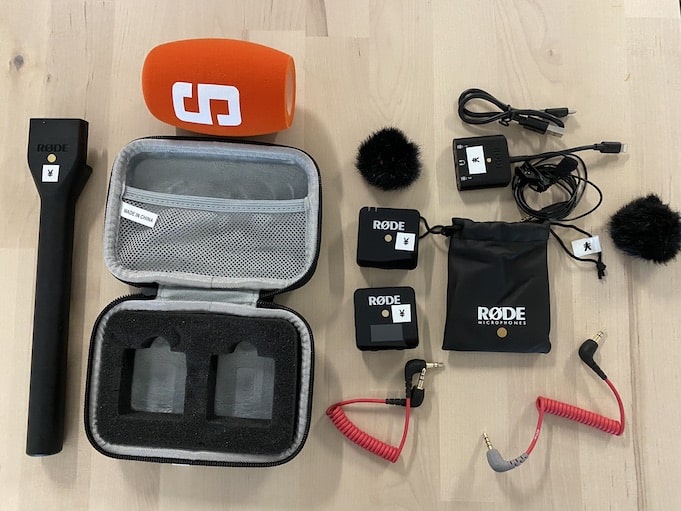
Manage Video Equipment Efficiently Without Much Effort
The Hamburg media company always does outstanding journalistic work and is characterized by independent reporting. In order to maintain journalistic quality, the teams work with highly specialized devices – these need to be managed efficiently...

Smart City Asset Management – Timly in Use at DIGOOH
The core business of DIGOOH Media GmbH in Cologne is to manage digital city light posters (DCLP) for outdoor use in various cities in Germany. The challenge here lies in making the client’s communication message always available at the right time, in the right place...
(No credit card required)
Common Challenges in Implementing Perpetual Inventory Systems
The everyday challenges of using an example of perpetual inventory system are:
- The incorrect data is captured, impacting reporting and decision-making. Therefore, the organization must ensure that personnel are trained, implement measures to validate data, and conduct regular audits to correct errors.
- Updating and maintaining to reflect changes in purchases and sales. Failure to maintain accuracy can lead to inaccurate reports, inefficient inventory management, and poor forecasting.
- Ensuring regular updates, maintenance, and monitoring and implementing processes to mitigate these issues. Integrating with software systems such as ERP and POS systems is also essential. However, challenges may exist, such as incompatible data formats, limited API capabilities, and inadequate training of IT personnel.
Moreover, financial considerations need to be taken into consideration for small and medium businesses, such as:
- Implementation costs.
- Subscription or licensing fees.
- Need for hardware or infrastructure investments.
How Is Accounting Handled in a Perpetual Inventory System?
Accounting is handled continually in a perpetual inventory system. Updates are handled in real-time using POS terminals, scanners, and software to record purchases and sales and maintain accurate information. Cost of goods sold (COGS) is calculated by:
- Total costs of goods—beginning inventory value
Journal entries are done using transaction records in the perpetual inventory system.
- Purchases are recorded as inventory (debit) and accounts payable (credit).
- Sales are the cost of goods sold (debit) and accounts receivable (credit).
A double-entry system ensures that transactions are recorded twice in the debit and credit section. This allows assets and liabilities to be increased or decreased, and equity is affected by the transactions. Sales and purchases are tracked in inventory and journals.
Steps to Implement and Audit a Perpetual Inventory System?
The steps to implement and audit a perpetual inventory system are defining business requirements, choosing perpetual inventory software, configuring the system, and providing comprehensive training to the staff. Integration with other systems, such as ERP, POS, WMS, and supply chain management systems, is also important. It is also essential to develop and validate data and perform cycle counts to verify inventory accuracy and determine if there are any discrepancies.
The best practices are to ensure regular cycle counts, either monthly or quarterly, reconcile inventory data with financial records, and track KPIs such as inventory accuracy, cycle count, and data entry errors. Investigating root cause analysis and performing continuous monitoring and system maintenance are also essential.
What Formulas Are Used in a Perpetual Inventory System?
Inventory valuation formulas are used in perpetual inventory systems. It reflects the change in costs of goods sold and ending inventory. The three main inventory costing methods used in perpetual systems are:
First in, first out (FIFO) where:
- COGS = (beginning inventory + purchases) – ending inventory.
- Ending inventory formula = Beginning inventory + purchases – COGS
Last in, First out (LIFO)
- COGS = Latest purchase(s) + (beginning inventory – ending inventory)
- Ending inventory = Beginning inventory – COGS + latest purchase(s).
Weighted Average Cost (WAC)
- The average cost of the inventory items as of the sale date is used to determine COGS.
- This average cost is calculated by dividing the total cost of goods for sale by the units available.
For perpetual inventory records:
- Update the inventory account with each transaction (purchase or sale) using the chosen inventory costing method.
- Cost of Goods Sold (COGS): Calculate COGS using the chosen inventory costing method (FIFO, LIFO, or WAC).
- Ending Inventory: Calculate inventory using the chosen costing method (FIFO, LIFO, or WAC).
- Average Cost per Unit: Calculate the average cost per unit for the WAC inventory costing method.
Frequently Asked Questions About Perpetual Inventory System
How Does a Perpetual Inventory System Work?
A perpetual inventory system tracks and manages inventory in real-time, allowing organizations to update stock levels. This method differs from other inventory tracking methods, such as periodic inventory systems. The main features of a perpetual inventory system are:
- To provide real-time tracking so businesses can have accurate information about their assets.
- To automate tasks such as updating and tracking inventory.
- To ensure visibility of inventory levels. This allows organizations to track inventory movements and any issues.
What Is the Difference Between Perpetual and Periodic Inventory Systems?
The difference between perpetual and periodic inventory systems is how they track and update the system. They are:
- Perpetual inventory updates inventory in real-time after sales and purchases are made. The system is accurate and suitable for organizations with high sales volumes.
- Periodic inventory updates the inventory at certain times, either at the end of the month or year. Small businesses usually do this.
Recommended for you:
Book an online demo - free and without obligation - or create your free trial account directly.






